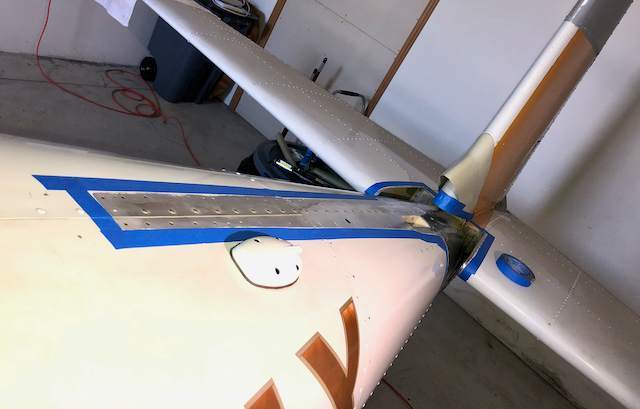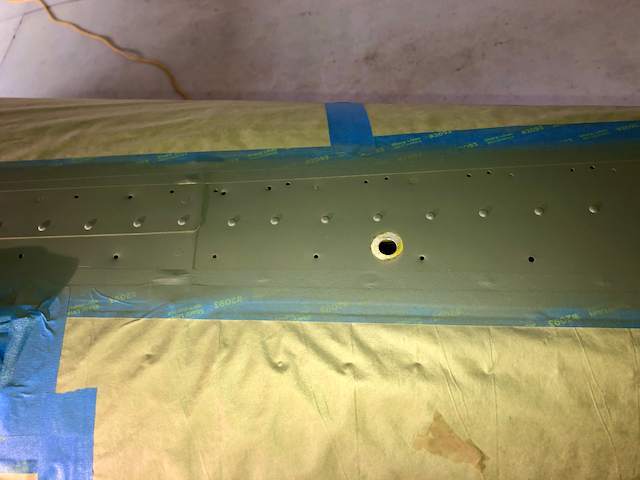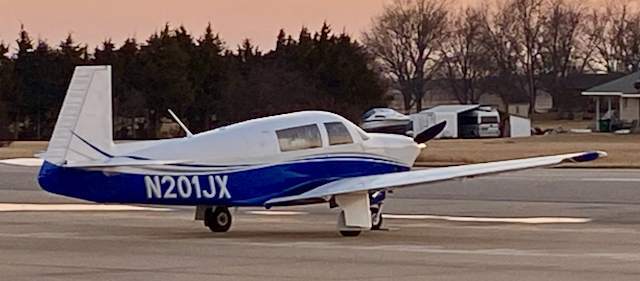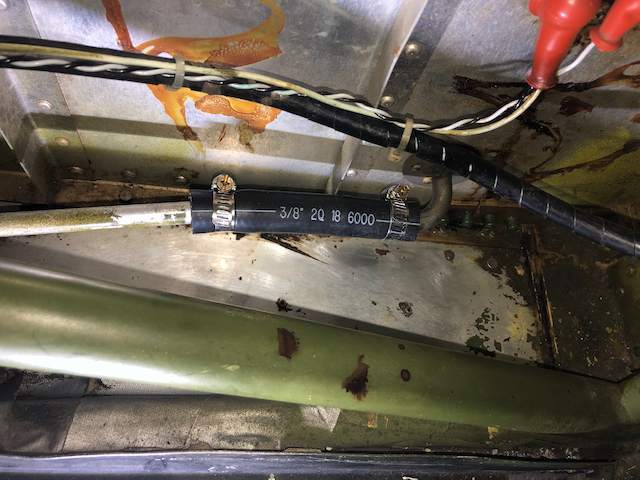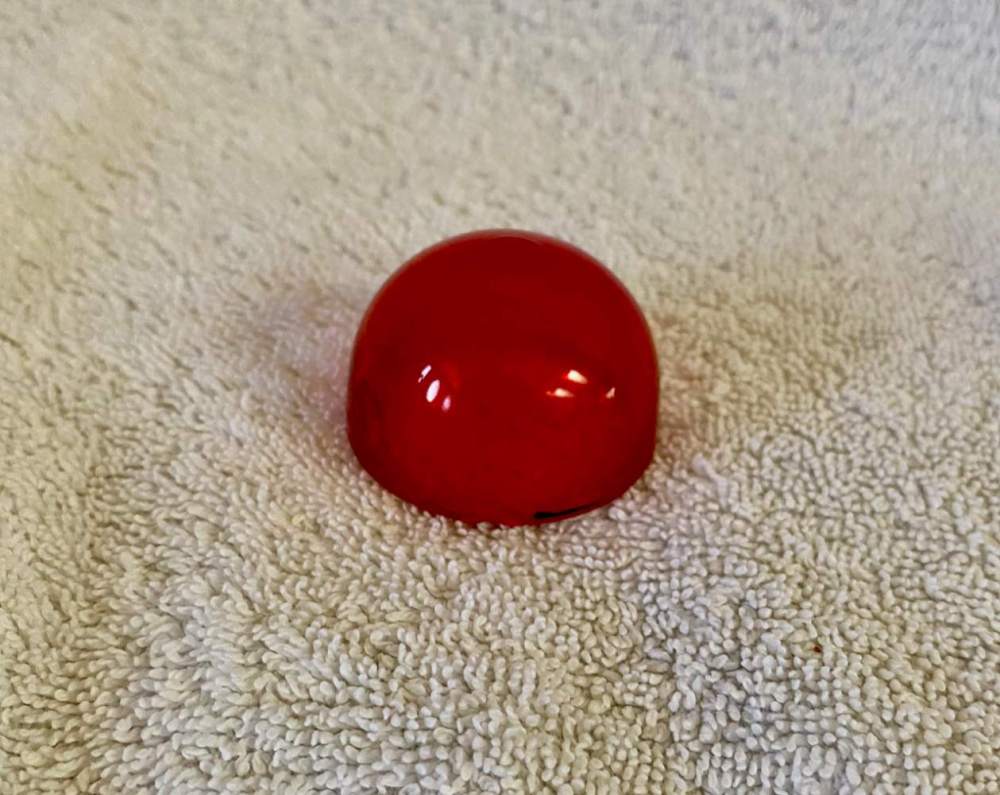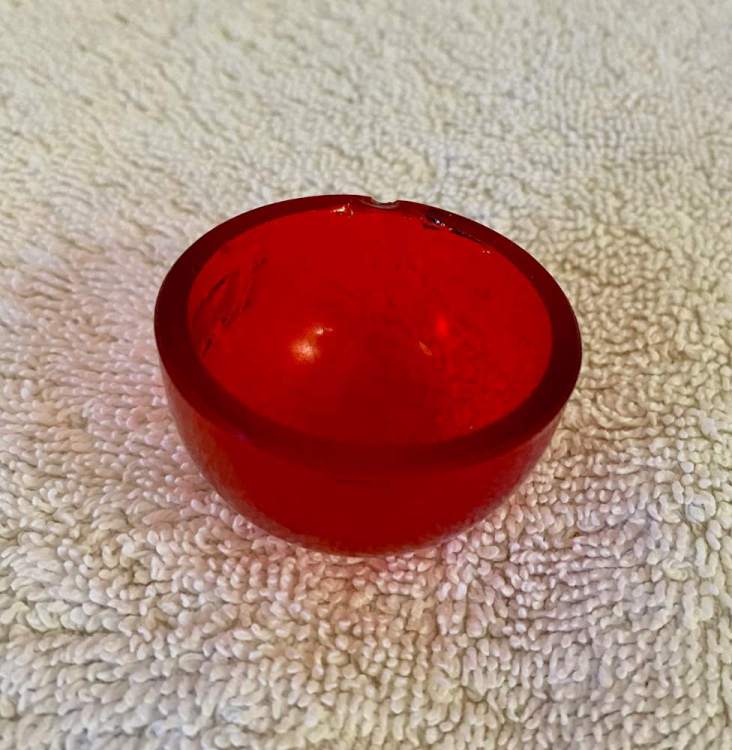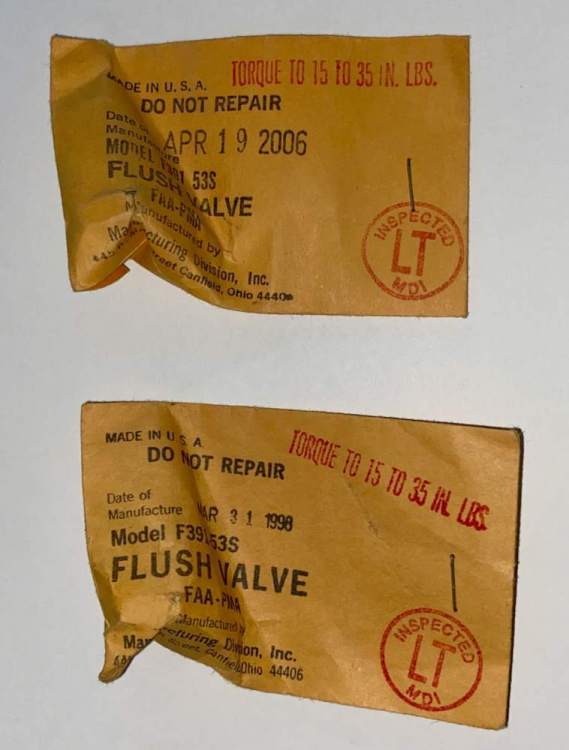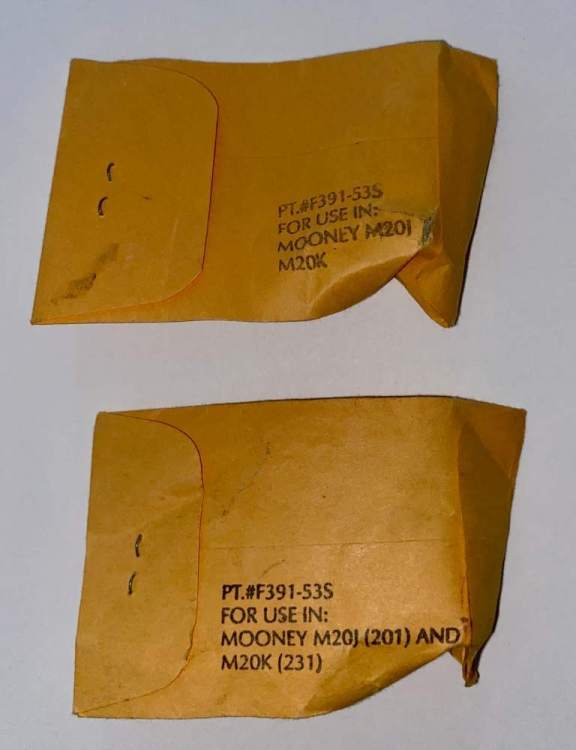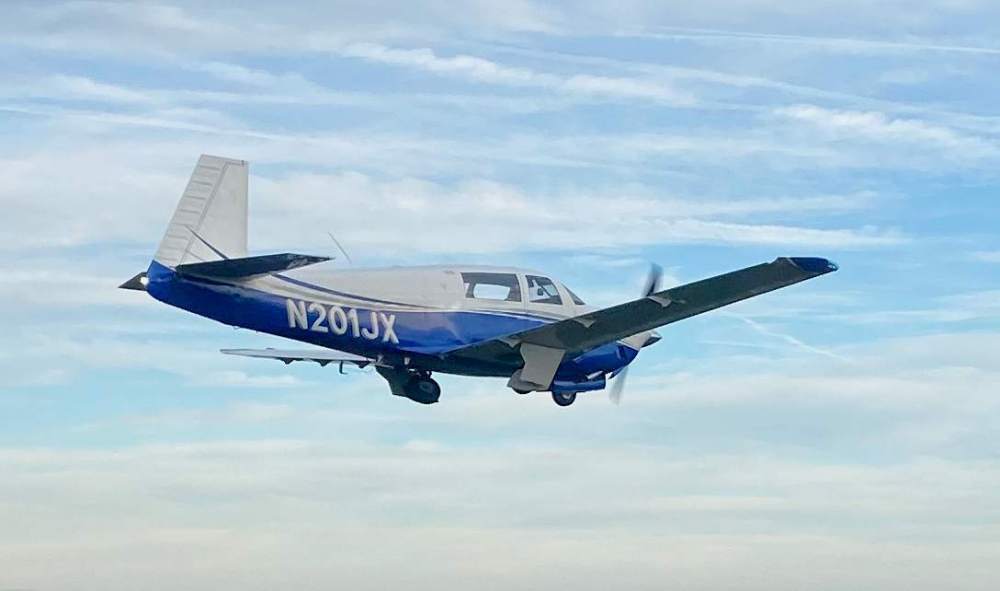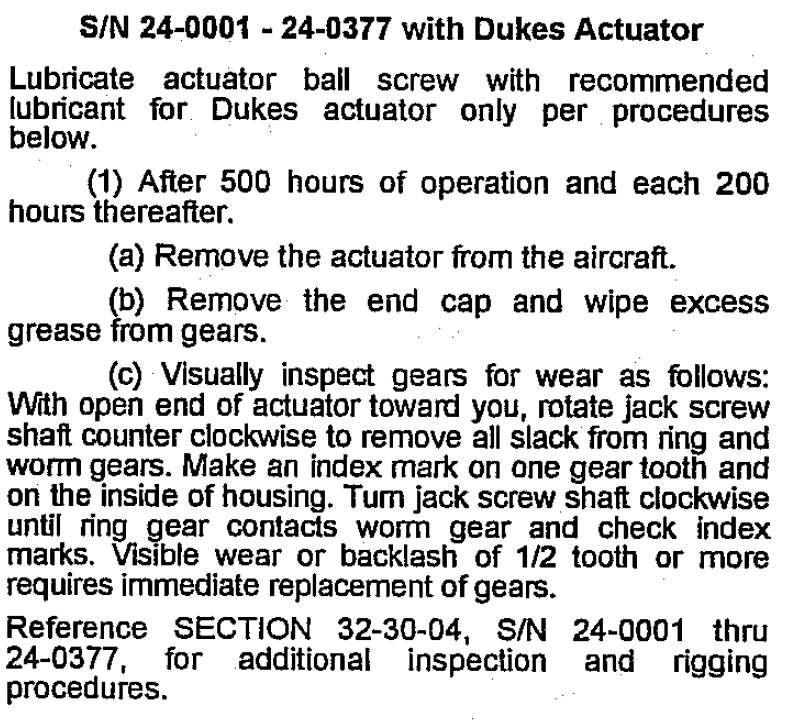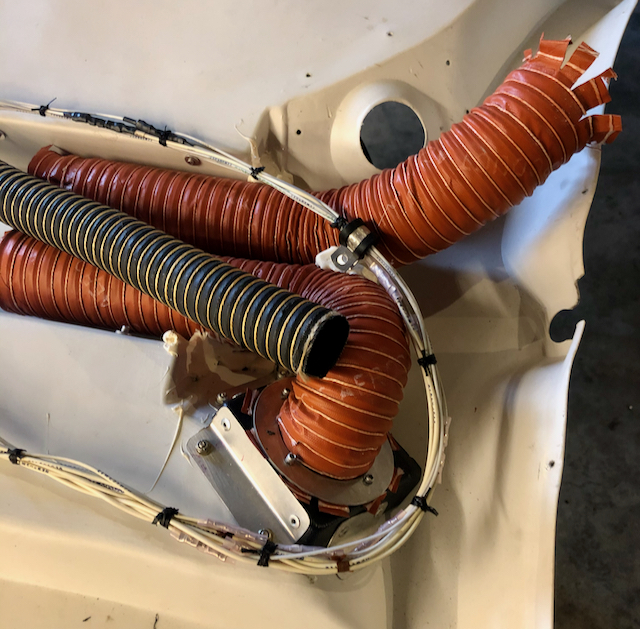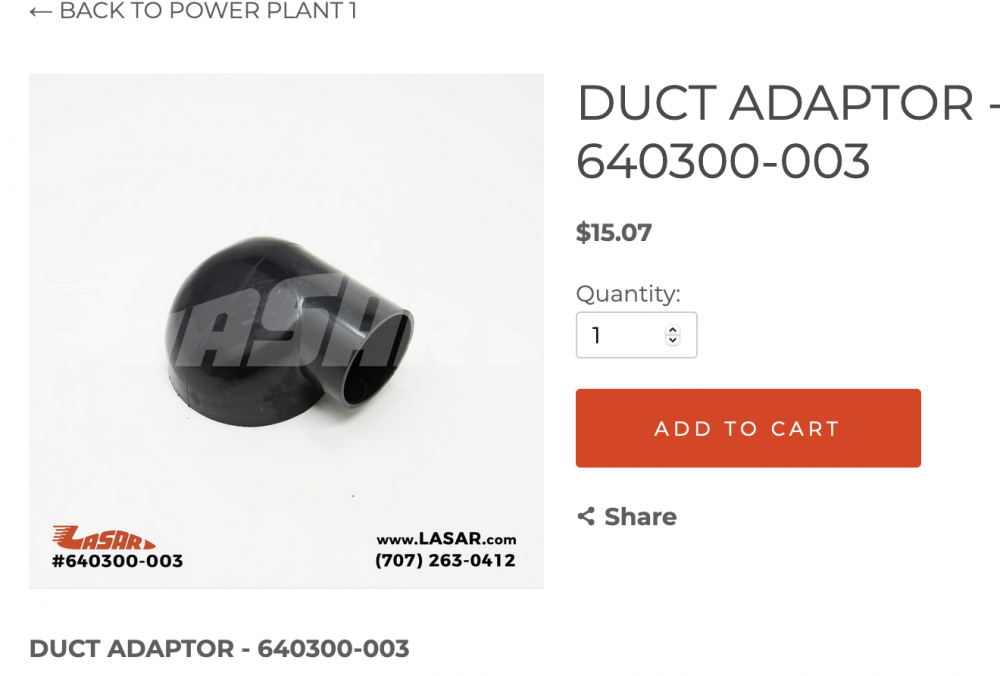-
Posts
588 -
Joined
-
Last visited
-
Days Won
3
Content Type
Profiles
Forums
Blogs
Gallery
Downloads
Media Demo
Events
Everything posted by testwest
-
We carefully weighed all of the old strobe/nav removed components versus the new LEDs. The weight savings and gain in useful load was 6 pounds, yes you read that correctly. I thought it would be a couple of pounds at best. Plus the new lights simply look cool.
-
I successfully did this very thing on N201JX and used SIM20-116 as the authority to do it. Tested the installed antenna for VSWR using the internal 406 ELT diagnostics and then ran the tests here: https://www.acrartex.com/406test/ . I ran about two sweeps as stipulated and the satellites reported back through the 406test system in under two minutes with good results, with the fairing clecoed back in place in case the tests did not work. Note the clecos were omitted in the area of the antenna so as not to corrupt the results. Of course with that caution the tests ran great! Anyone who says a 406 ELT won't work under a dorsal has no idea what they are talking about. Here is the dorsal removed and the detail of the ELT mounting hole. Note the diameter of the antenna base on the skin has been propped for electrical bonding and corrosion proofed with an Alodine pen. The ELT tested perfectly again under the new paint:
-
Speaking of useful load, N201JX shed about 80 lb as well, the UL is 990 lb now which is....well, it's useful!
-
Also very important, go ahead and replace the rubber hose couplers coming from your fuel tanks while the side panels are off. If they are original it is a big fuel leak waiting to happen. Mil-H-6000 hose, buy a foot of it from Aircraft Spruce for under $10: https://www.aircraftspruce.com/catalog/pnpages/6000-6.php Points if you cut the hose and install so the cure date shows to remind you when to replace it again:
-
I did the SEM Color Coat process on all the new interior panels on N201JX, they turned out great. Make SURE you follow the cleaning and prep process laid out by SEM exactly, don't skip steps or substitute materials.
-
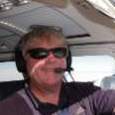
Landing gear indicator (on the floor) 78' M20J
testwest replied to Mooney13's topic in Modern Mooney Discussion
I replaced that GE327 bulb with the Aerolites #330 in warm white on N201JX. I also replaced the clear plastic window as well (owner-produced part out of thin clear plexiglas the same thickness as the original)....and the visibility of the gear down placard is amazingly good now. Some labor but less than $20 in materials and is an easy owner-operator job. -
Hi everyone Up for sale is a red Whelen position light glass lens (dome) removed from a Twin Commander for upgrade. It has a small chip in the lens base, this is not visible when the lens is installed and resting on its gasket (Whelen p/n W1283, not included). Also needs a bit of scrubbing on the part that would be under the metal holder if you want. If you have ever dropped one of these you know what a significant emotional event it is. They are $89.95 each, new, from Aircraft Spruce. How about $29 for this one plus shipping. USPS Priority Flat Rate small box is $9.45 anywhere in the US. Paypal is good, thanks.
-

F391-53S Drain Valves for sale NOS - SOLD
testwest replied to testwest's topic in Avionics / Parts Classifieds
Sold! -
SOLD! Hi everyone Up for sale is a pair of MDI F391-53S fuel drain valves, new-old-stock in unopened packaging. These are about $34 each from Chief Aircraft, how about $25 for the pair plus shipping. Will likely use a USPS Priority Flat Rate Small Box, those are $9.45.
-
+1 for Clarence, I did that on our M20J, a new LED bulb and also fabricated a new little plexiglas window for the indicator. It is now highly visible even in daylight, while not being annoying at night.
-
I had the same issue with our 1977 M20J and the Dukes 1057 actuator. It is very easy to shatter those old brush holders due to the epoxy on the caps. So folks are not pulling the brushes for inspection and they will eventually wear away completely, causing this: Luckily I was able to crank the gear down and land OK. After a LOT of research I was able to track down the original brush holder and brush manufacturers and had new engineering drawings created for these parts. There are minimum order quantities and so I went ahead and ordered to get N201JX back in the air. Kind of expensive but...... For 1977 M20J owners with serial numbers below 377, this may be interesting. The brushes, bearings, and wire necessary for the rebuild are all "standard parts" and would require no PMA or STC. The brush holders and caps are another story, for me personally they were "owner produced parts" and a "minor modification" (e.g. the method of safetying the brush caps). However, to have some of these parts available for others will require consultation with my local FAA MIDO. The threaded caps can be sealed on with tank sealant as others have suggested, but safety wiring the caps may be a better idea. That is still in work, as I said below. With the safety wire it will be very easy to inspect the brushes as an added part of the normal 200 hour inspection called out in the Mooney M20J Service Manual 5-20-06, Section 3, paragraph L: I would add: Inspect the gear actuator motor by removing the brush caps from the brush holders, remove and inspect the brushes. If the brushes are worn to a length of .25" or less (33% of original), replace the brushes. Now, that .25" (33%) is subject to review, I was balancing remaining wear versus spring tension in suggesting the criterion. Comments and suggestions welcome. Inspection and servicing of the gear motor bearings and commutator for the gear motor is not specifically addressed in the SM, but this level of work is outlined regarding the starter motor. So it should be doable by any A&P. LASAR used to send their Dukes gear motors to George's Electric in Sacramento for rebuild but he is closed down. Our 40:1 Dukes gears are still in great shape (proper maintenance, yay!) but replacing the unit with the $8500+ ITT actuator (if you can get it) versus rebuilding the electric motor and setting it up for continued easy inspection and service is kind of a no brainer.
-
Got 'em on our plane. Yes it seems like a lot of money. Aerotough material is not delrin or anything else off the shelf. A little research into the history and capability of Marsh Brothers Aviation will provide insight into this material. And the caps operate smoothly and easily like never before and like nothing else. These plus the MS25988/1 flourosilicone o-rings are a great improvement.
-

Mooney Summit VIII New Dates - October 22-24, 2021
testwest replied to Seth's topic in Mooney Summit
I still have my presentation in the hopper for the postponed Summit, I will be happy to present my talk this Fall. -
Mike I hope to see you at Sun n Fun this year!
-

How best to deal with malfunctioning vertical card compass
testwest replied to DXB's topic in General Mooney Talk
Seems I forgot to report on the results as I said I would earlier. Bottom line is I was able to get the VCC within 4 degrees or less on all 12 headings on the compass correction card. The interesting thing now is to watch it swing during an engine start. That #2 battery cable runs from left to right under the instrument panel to the starter contactor, then thru the firewall and back right to left along the engine mount to the starter. Lots of current, lots of steel, magnetar!! -
Nuke I hope this is one of the threads you looked at: https://mooneyspace.com/topic/36590-magnetic-compass-way-off/?tab=comments#comment-628292 It was my mounting bracket that was magnetized! I got my vertical card compass walked in finally, but it was much easier than before without that magnetized bracket. Still, if I get another failure I am going with the SIRS compass. The previous advice you received in this thread regarding that compass is well founded. Hope your PPL went well!
-
AFAIK all new Lycoming non-roller tappets come this way. See here https://www.lycoming.com/parts/tappets Lycoming spent a fortune developing the roller tappets and wants you to buy them, but roller tappets are 100% replace at overhaul. DLC tappets came later for the older engines, but they are so good it would knock down the market for the rollers. So Lycoming upgrades factory overhauled engines automatically to rollers, and really does not push the DLC at all. The layout of the web page above is testament to that, even with the DLC tappet pictured at the bottom of the page, there is still a roller pictured next to it. Having said that, the rollers do cut down rotational losses in these engines significantly, so much so that the cam grind had to be made a little “lazier” to make sure the engine did not make more than its rated power to a reasonable statistical probability.
-
OK, the coating you are looking for is called DLC, or diamond-like-carbon. Lycoming already offers this coating on their non-roller tappets, and it stops tappet spalling dead cold in its tracks. CMI, I don't think they do it yet but Ly-Con was working on an STC for the Continental tappets. I am amazed the knowledge of this process has not spread more widely among the GA community. Ly-Con says this problem is completely solved. They have a set of Lycoming DLC tappets now on their third TBO cycle in a traffic watch airplane and they still pass new limits criteria.
-
Hi Glen I was able to successfully repair my headliner vents following "expert work" by an A&P mechanic who was in a hurry. The before picture is here: I ordered new wemac duct/adapter assemblies from LASAR: I did keep the seats but I would write to Stephanie Bragg at Plane Plastics ( stephanie.bragg@vantageassoc.com ) and see if they can make a set of seats for you if you send in the old ones. They will make all kinds of parts that are not in the catalog, they are not PMA'ed but are classified as "owner produced parts" since you are causing them to be manufactured. I kept the fabricated attachment strips, they allow removal of the assembly without destruction in the future. Disadvantage is one can see six very small screw heads around the wemacs from the cabin side. Here is the finished product before I added just a small amount of RTV on the corners, just the minimum amount to stops any leaks. I cleaned the wemacs with Goof Off and then lubed with a small amount of Boeshield. They are working better than ever before! Hope this helps.
-
Hi AH64pilot I'm the guy that wrote the Vz thesis that was referenced earlier in this thread. For 120 knots or so you will be about 45-50% power. You did mention that 2350 rpm or less was problematic, so 2400 rpm and about 19" MP will get you 120-125 KIAS or so. That will be about 7 1/2 gph leaned roughly to peak. This information can be gleaned from your POH (1223E, I think), performance pages, Best Economy at 2000 feet. But no one like to interpolate tables, so.... I ran the Benchmark engine model for 2000 feet and 30 deg C for a jaunt around Lake Weir, the temperature was chosen to provide a good opportunity for sightseeing the, uh, personnel likely to be on boats and what they are wearing (or not) under those conditions. I know how you Army rotorheads think. And here is a better performance prediction for those conditions, how about 2500 lb GW on the airplane: There is a massive amount of information in this model, and it touches nearly every aspect of the discussion in this thread thus far. If your airplane is pretty close to the drag of the baseline used to create the POH (where this Benchmark model is derived from), you will be going about 125 knots indicated or so. Hope this helps. LMK if I need to run the model for a higher gross weight airplane, e.g. you are having a squadron reunion and there are 4 retiree Apache vets on a ....reconnaissance mission....in the plane instead of just one. :-)
-

Panel Lighting & Dimming: LED + Avionics
testwest replied to TCUDustoff's topic in Avionics/Panel Discussion
Hi TCU I used a MaxDim Duo to solve this issue. I know the MaxDims are expensive but their dimming ratios are really good. I have a combination of incandescent and LED lights on the same dimmer and all the lights dim very nicely without flicker or mismatched dimming ratios. I don’t know how they did it, I have a lot of experience in evaluating flight deck lighting (including the 767 tanker NVG), and Seaton Engineering has some really smart cookies working for them. -
That is kind of what I expected....thermal management of LEDs is a big issue. I wonder what Aero-Lites uses for an emitter. The latest Cree XHP 35.2 is about 500lm per emitter using about one amp max drive (12 watts), 18 of those would be about 9000lm. Obviously there is a lot of technical information behind these devices, again a 30 minute burn-in test on a taxi way range with the three above mentioned lights side by side would be most....illuminating. * * * Sorry about that, I simply could not resist. And sorry about that, I am not sure watt's wrong with me.
- 44 replies
-
- 2
-

-

-
- m20j
- landing light
-
(and 3 more)
Tagged with:
-
OK, I got that video posted. There are three separate and distinct products being discussed here, all with similar sounding names. Here are the numbers on all of these, from their datasheets: Aeroleds - Boise, ID - Sunspot 46LX - 70 watts - 7700 Lumens - 150000 candela - Certified $650. 110 lumens/watt and calculated beam angle 14 to 15 degrees to get these results. Landing/taxi light combo. Aero-Lites - Thomaston, GA - Fusion 46LR - 51 watts - 5200 lumens - for 10 deg beam angle it's about 170000 candela using 14 of the 18 emitters for the narrow beam. Non certified $159. About 101 lumens/watt. Landing/taxi light combo. Whelen Aviation Technologies - Parmetheus Pro PAR 46 series - 40 watts - calculated 14690 lumens using 240240 candela on a 16 degree beam width. Certified $599. Landing light (with taxi capability, not specified but their max candela graphic depicts wider beam width light out of the main beam, like the others) About 367 lumens/watt....? Aircraft Spruce lists this as 175000 candela on 16 degrees, or 10700 lumens and 267 lumens/watt. The Aero-Lites bulb is clearly a good value assuming one wants to go through any potential certification hassle. My AMT had no issue with it. The WAT bulb is very late technology and very bright, but AFAIK LEDs are still at 100-120 lumens/watt efficacy at present. Perhaps Whelen has made a breakthrough on LED efficacy which would explain the numbers....or I have made some other calculation error. Whelen's data sheet on the 45 minute run indicates these late bulbs do better on thermal management, meaning more consistent output as they are operated and then heat up. Would be fun to run these three side by side. Fusion 46LR.mp4
- 44 replies
-
- 3
-

-
- m20j
- landing light
-
(and 3 more)
Tagged with:
-
Oops, video did not upload, will put it up tonight.....
- 44 replies
-
- m20j
- landing light
-
(and 3 more)
Tagged with:
-
Here is the installation of an Aero-Lites Fusion 46LR in our 1977 Mooney 201. $159 versus $599 for the Whelen Parmetheus Pro PAR46. The latter likely has better performance, though, it appears to have very late emitters and reflector/heat sink design. Here is a video as well: Fusion 46LR.mp4
- 44 replies
-
- m20j
- landing light
-
(and 3 more)
Tagged with:


